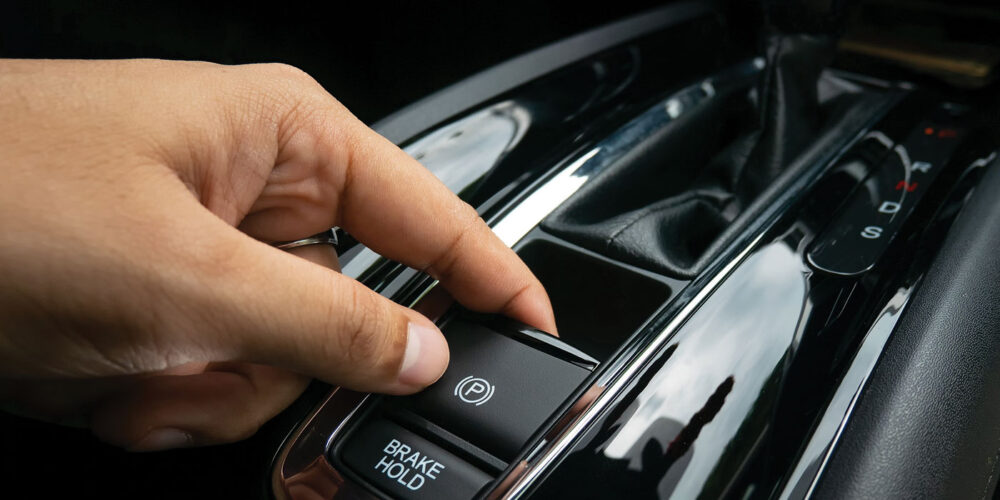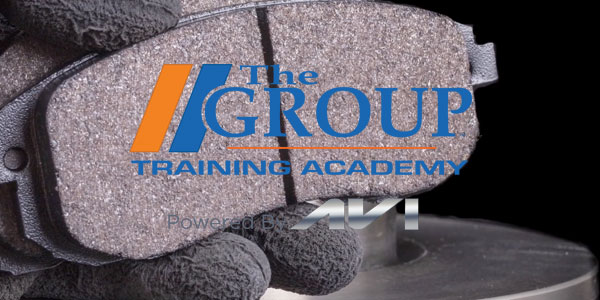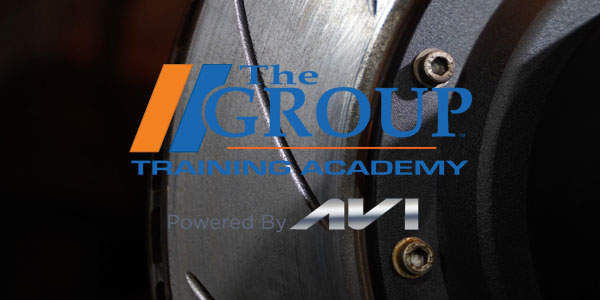The success of any new technology is often weighed and determined by the associated pros and cons.
In the case of electronic parking brakes (EPB), technology wins, and we’re going to look at why. Of course, that doesn’t mean there aren’t purists who would rather die than give up their manual parking brakes, so we’ll also have some fun and work in a shout out to old-school for the advantages that many people still like.
To paint a clear picture and fully understand EPBs, we have to look at the lineage that led up to them. Traditional parking brakes were simple. There are four different methods of engagement that come to mind.
One, the old-school foot pedal on the left kick panel on just about every American car for as long as you can remember. Step on it and the brakes are engaged. Pull the nearby lever to release the pedal.
Two, the occasional use of a swing-lever in the same location that you pull upward 90 degrees to engage and push back down to disengage.
Three, a T-handle near the center of the dash that you pull straight out with your right hand to engage, twist the handle to release.
And four, what ultimately became the most popular: a hand lever between the seats. Pull it up to engage the parking brake; push the button on the end to release.
Take any of these engagement levers, hook them to a series of cables, connect the cables to the brakes and you have a parking brake. On rear drum brakes, the cables connect to a lever – sometimes inside the drum, sometimes protruding through the backing plate – then the lever mechanism acts to push the shoes into the drum. On rear disc-brake systems, the cables connect to a lever on the brake caliper. The lever transfers a rotational motion to an internal mechanism that pushes the piston out, clamping the pads to the rotor.
On all these systems, what keeps the parking brake engaged is the mechanical aspect of the engagement lever: a pawl that engages a series of teeth. Spring tension keeps pressure on the pawl, creating the telltale ratchet-clicking sound of a parking brake being engaged.
Drawbacks of Manual Parking Brakes
Manual parking brakes worked, and they worked well. But they had drawbacks. The big one was the cables. They wore over time, and they were subjected to the elements, eventually corroding in one form or another, causing them to stick, bind or break. They required occasional adjustment due to stretching, and they also were susceptible to snagging things on the road should you run over a large object.
Another drawback came from the mechanisms. They were designed and positioned in the vehicle to take advantage of leverage from your arm or leg to engage the parking brake. Considerable strain is put on them – more than meets the eye – and over time not only do the mechanisms wear, but occasionally so do their mounting points – resulting in sloppy, undependable operation.
These drawbacks immediately shed light on the initial benefits of an EPB.
Basic Types of EPB Systems
An EPB is set through a simple switch, which sends a signal to the control unit that parking-brake engagement is requested. Not only does this save a lot of space in the cabin by eliminating any type of engagement mechanism, but it also eliminates all the associated wear characteristics. So, how does an EPB work? There are two different types
of systems.
The first utilizes an electric motor and mechanical actuator that’s mounted underneath the vehicle. The actuator is connected to traditional cables that in turn are connected to either the drum or disc brakes. The problem with this type of system is the drawbacks associated with cables.
The second type of system utilizes a motor and geartrain attached to or incorporated into the brake caliper – eliminating all cables – making it the most common EPB system in use today. The concept of an EPB is simple. It’s not difficult to understand how they work, but it’s their benefits that tell the real story.
The mechanical benefits include not only space savings in the cabin, but also elimination of wearing mechanical components, weight savings, no regular adjustments and they’re easier to apply. It takes no effort to push a button.
The functional benefits of an EPB include a hill-assist function that keeps the car from rolling backwards on a hill start; automatic release when the car is put in gear (although this function was built into some manual parking brakes via a solenoid that released the parking-brake pedal); and automatic engagement as an anti-theft device.
You may get questions about replacing brake pads on a vehicle equipped with an EPB. Most vehicles require a scan tool to retract the parking-brake mechanism inside the caliper, and it’s usually referred to as service mode. This is considered a drawback by some, especially for a DIYer, since not everyone has a scan tool handy. Drawback or not, when working on an EPB, always follow the manufacturer procedures. Never try to push a piston back using any different method or you risk damaging the gears or motor in the caliper.
For those of us who have a scan tool and who have fought countless manual parking-brake calipers turning and pressing the piston with special tools – not to mention fighting binding brake cables – service mode and EPBs are a welcome technology.
Handbrake Turns and Other Neat Stuff
EPBs are easy to work on and do neat stuff, but it’s time to throw the manual parking brake a bone. From a service standpoint, the systems are entirely mechanical. It’s all right in front of you. No scan tool required, no trouble codes, no poor wiring connections – no headaches! Now let’s talk about driving the car.
Have you ever seen a movie or TV show with a car chase, where the car slows down, and the next thing you know it whips a U-turn practically in place? Popular slang calls it an end-around; more officially it’s known as a handbrake turn. It’s done by turning the wheel and engaging the parking brake.
One reason a hand lever between the seats became so popular is you can easily use it for this purpose by holding the button in and pulling up on the lever to engage the brake. You never release the button; just work the lever
to get the intended brake pressure, and when you come out of the turn, let the lever return to its rest position.
This tactic is employed regularly by drivers in certain types of racing, allowing them to make their car handle
in an intended manner.
Experienced drivers know how to capitalize on it, and different techniques yield different results based on whether you turn then engage the brake, or engage the brake then turn. You also can change the control aspects by how hard you engage the parking brake.
Mastering the art of the handbrake turn is an irreplaceable aspect of performance driving, whose roots stem from days when racing or eluding the law was commonplace on back-country roads. If you wonder how it’s done on old American iron that features a foot pedal for parking-brake engagement, there’s a trick to that too. They disable the pawl engagement of the pedal, so you can gain the same control and feel with your left foot without the brake locking on, and there’s another advantage: You can keep both hands on the wheel.
The feel – a physical connection, if you will, between driver and car – is not something you can do with an EPB, which is why many purists prefer a manual parking brake. Of course, scarcely a car is made today with manual parking brakes. The EPB is both a safety and convenience feature, controlled by the antilock-braking and stability-control systems. And EPBs typically provide greater holding power. For cars not originally equipped, EPB conversion kits are becoming more popular by the day.













